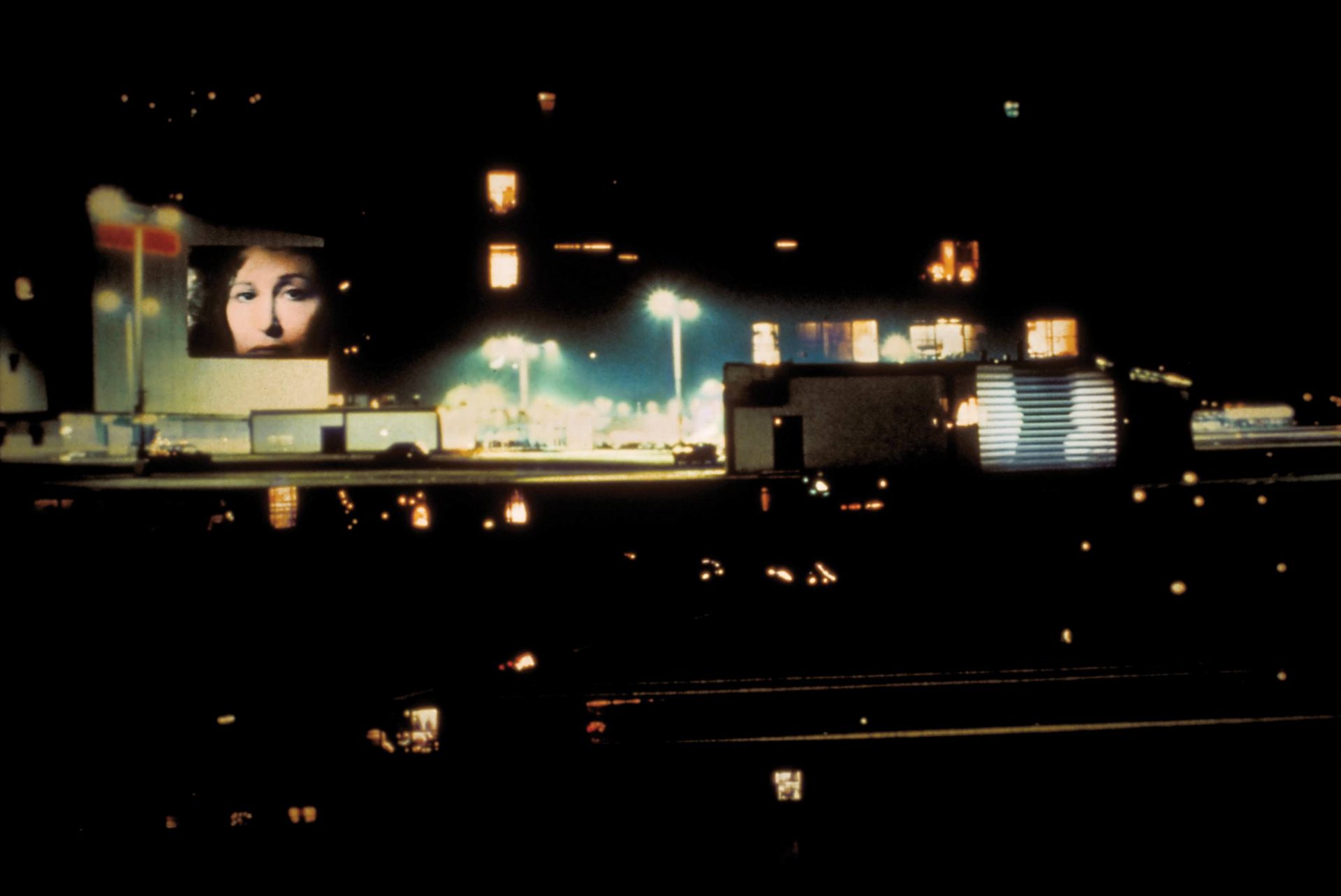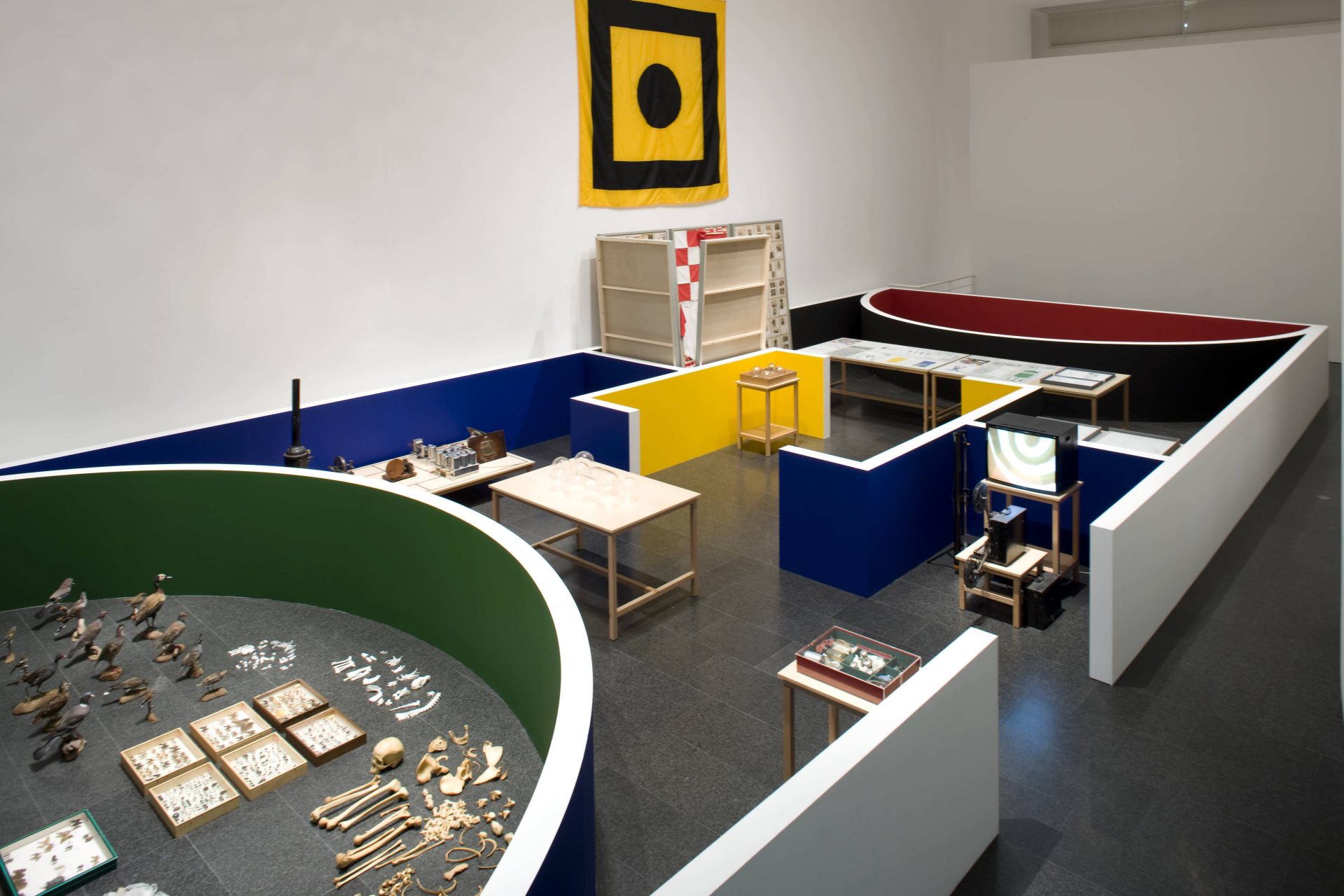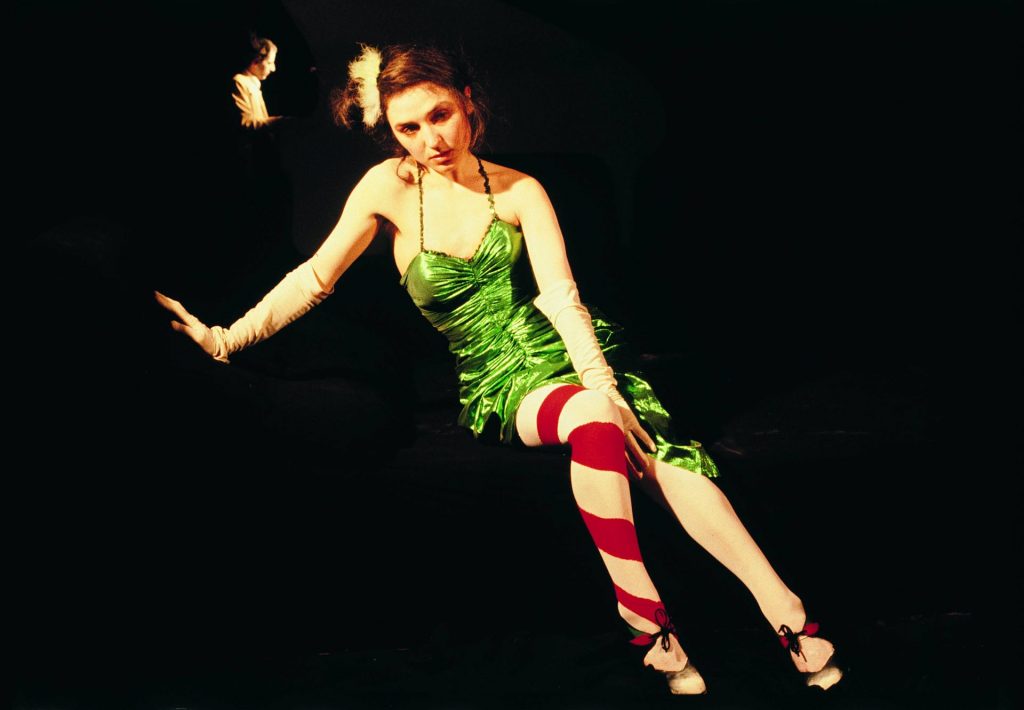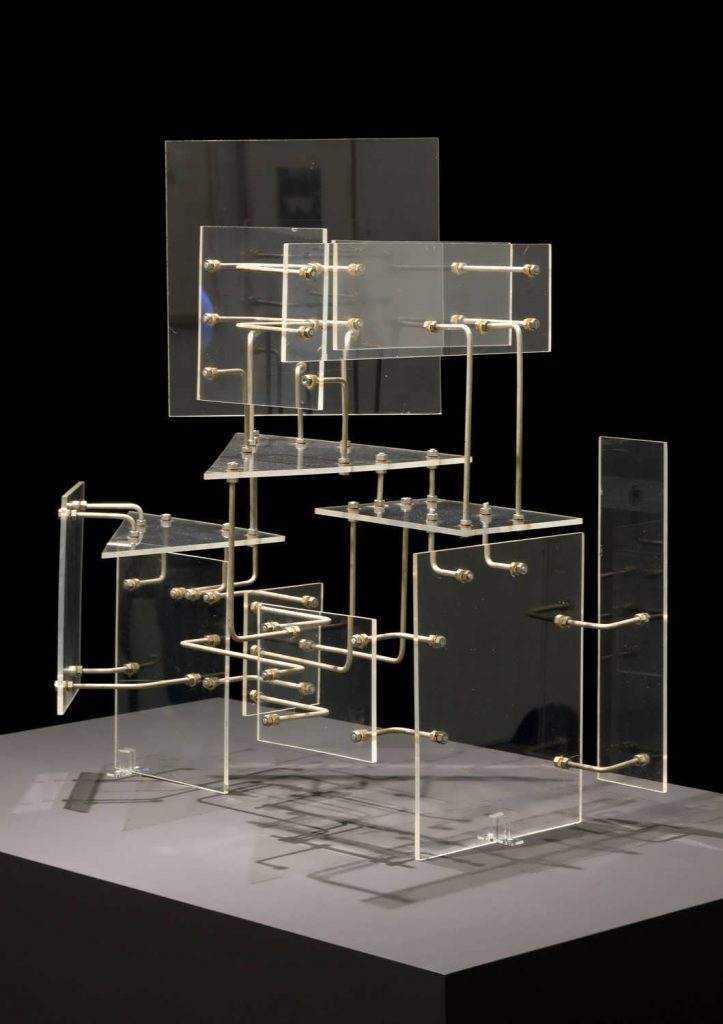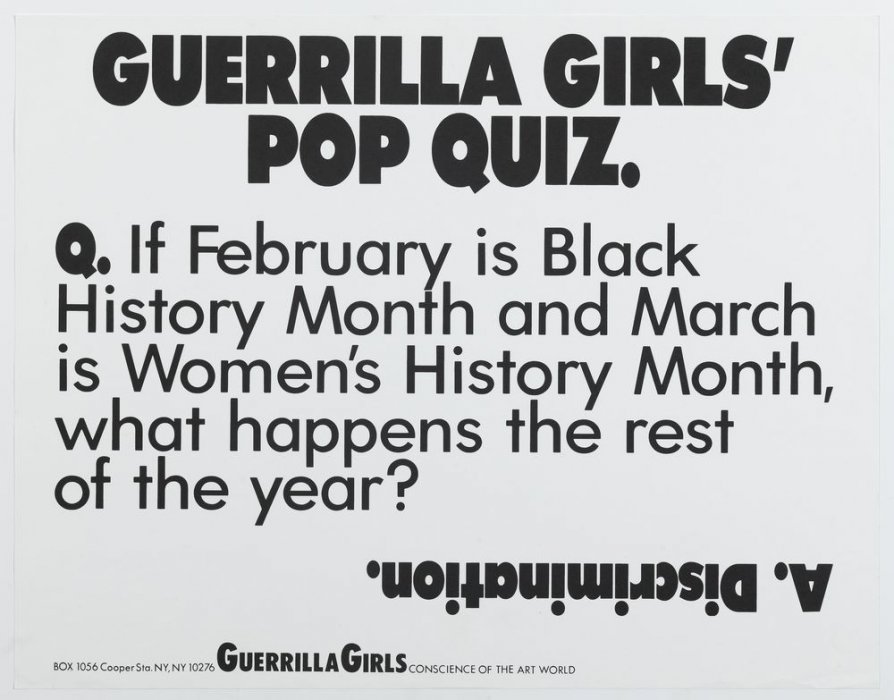Le Corbeau et le Renard
Broodthaers, Marcel
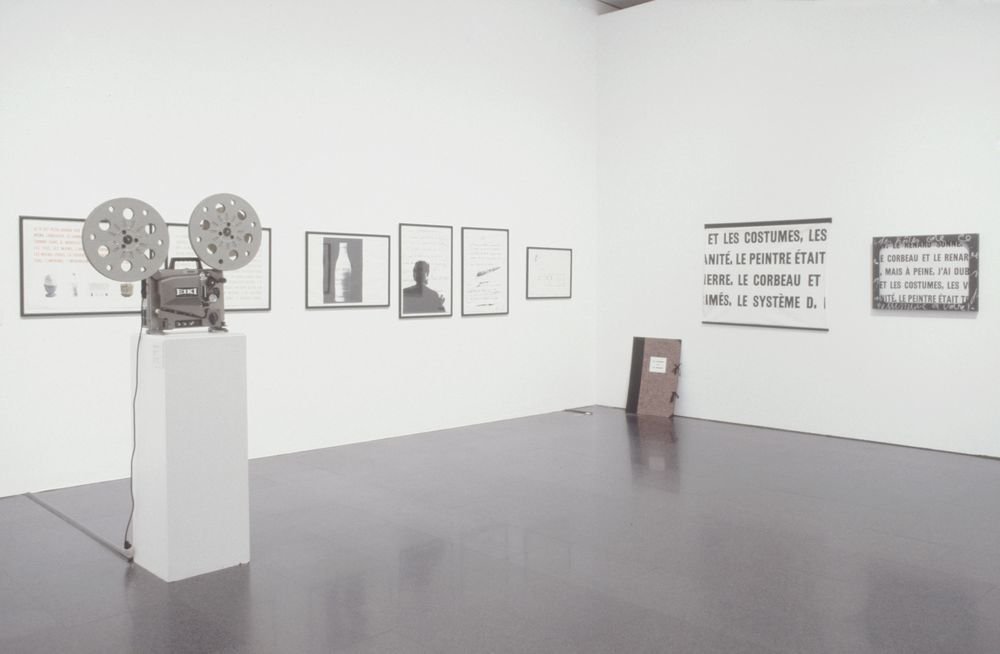
Obra

Autor
Broodthaers, Marcel
Any
1967
Tècnica
Película 16 mm, color, sin sonido, 7 min 56 s y materiales diversos
Any d'adquisició
2000
Tipo de objeto
Instalación
Dimensiones
Medidas diversas
Credits
Colección MACBA. Fundación MACBA
His ability to rework the language of art and merge different artistic disciplines have made Marcel Broodthaers (Brussels, 1924 – Cologne, 1976), one of the key artists of the twentieth century, with a body of work that includes writing, film, the production of objects and graphic work. Based on Marxist analysis and structuralist theories of language, all of his artistic practice revolves around the reflection on art and the role of museums as institutions. Broodthaers freely incorporates language errors and turns of phrases, classic literary authors, objects from everyday life and natural elements into his work. Film plays a particularly important role in his oeuvre, which includes over one hundred cinematic works.
Le Corbeau et le renard contains all of the characteristic elements of Broodthaers’s artistic practice. In 1967, the artist made a film based on poems he himself had written, which were in turn inspired by La Fontaine’s famous fable Le Corbeau et le renard (1668). The film was projected onto two superimposed screens on which text relating to La Fontaine’s fable had been printed. Boodtheaers also created several typographies using images, texts, and a cardboard box lined with his own writing.
The film, which was made between May and September 1967, includes texts written by the artist and cut-outs of photographs and people from his everyday life (a bunch of flowers, a picture of his daughter, magazine clippings of images by René Magritte). Broodthaers had initially intended to project the film onto a screen printed with his poem inspired by La Fontaine, but he ultimately designed two screens of different sizes. One of the screens had his poem on it, and the other – in a black frame that brings to mind the television sets of the time –, contained excerpts from the fable. The camera moves through the text, sometimes reading from left to right, and sometimes the other way around. It is a work in which Broodthaers was able to merge film, written text (poetry) and typography in an unprecedented way.
Le Corbeau et le renard had its projection format censored at its first public screening in December 1967, as part of the Exprmntl 4 festival at Knokke-Le-Zoute . Although the context was an experimental film festival, the film was only accepted on condition that it be projected onto a conventional screen and outside of the competition section. Later, Isi Fiszman organised a screening in the back room of the Oud Knokke cafe, using a special screen. In that same year, Broodthaers also screened the film privately on more than one occasion: first in Paris (Quai de l’Horloge, 7) and then at the Hôtel du Zoute in Brussels. The first full public exhibition and screening of the work took place at the Wide White Space Gallery in Antwerp in 1968. On the day of the opening, in order to highlight the fact that his work required a very different kind of reception to that which audiences in the sixties were used to, Broodthaers organised a performance of Vivaldi’s concert for two violins and the adagio of Bach’s first sonata in G minor for solo violin.
Broodthaers made two versions of this work, one in 1967 and the other in 1972. The first of these included a wooden box lined with fabric that contains part of the work. The artist originally planned to produce and sell the film, the two screens and the box as a single object, but the high cost of producing the box meant that only seven were made. In 1972, Broodthaers made a second version of Le Corbeau et le renard that included most of the elements of the original version, but replaced the box with a cardboard folder bound with ribbons and illustrated with a portrait of La Fontaine.
